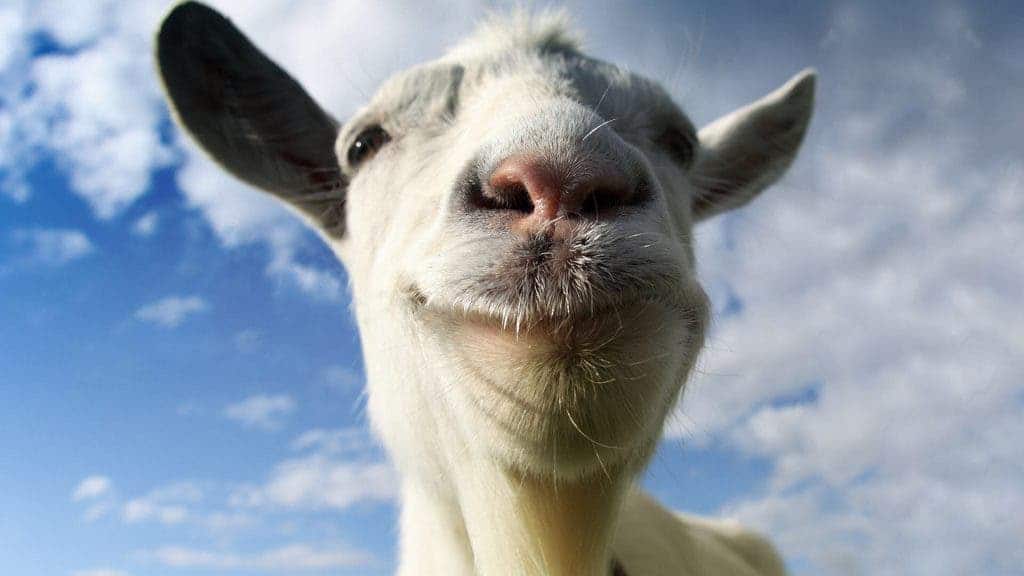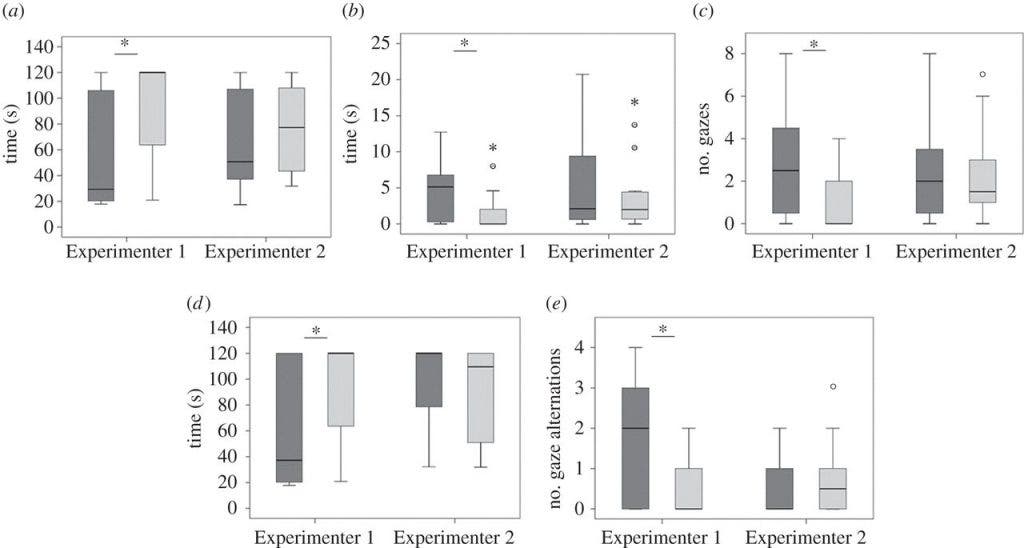The derpy goat might rival a dog’s ability to communicate with humans, a new study found. This adds to previous research showing that these animals are good problem-solvers and have excellent long-term memory, suggesting these ruminants are more intelligent than they appear.

This guy learned how to bleat fluently in several languages.
Image credits wikimedia user EnderWikiTX.
Goats are the first domesticated animals we know of, with evidence of their husbandry stretching as far as 10,000 years ago according to lead author Dr. Alan McElligott from Queen Mary University of London’s Department of Biological and Experimental Psychology. During all this time they’ve built a reputation of eating virtually anything and getting stuck in weird places in their unending quest for food — hardly what you’d expect from an intelligent animal.
But their wily ways might hide a sharper mind than we give them credit for. McElliogott’s team found that goats employ human communication behaviours very similar to the ones dogs rely on. The researchers trained the animals to remove a lid from a box with a tasty reward inside. After the goats got the hang of it, the team made the rewards inaccessible and recorded the animals’ reactions towards an experimenter supervising the test — who was either facing the animal or had his back to it.
https://www.youtube.com/watch?v=5CJgWjhW2CE
When the animals found they couldn’t reach the treat, they shifted their gaze between the box and their human experimenters, similar to what dogs do when they need help. The ruminants also seemed to understand when communication was viable or not: they looked towards a person facing them more often and for longer periods of time compared to an experimenter facing away from them.

Average time for (a) gaze latencies, (b) gaze durations, (c) gaze frequencies, (d) latencies until first gaze alternation and (e) frequencies of gaze alternations towards either Experimenter 1 or Experimenter 2. Dark grey bars indicate forward looking group of experimenters, and light grey bars the ones facing away. Asterisk indicates significant differences between groups.
Image provided by authors.
“Goats gaze at humans in the same way as dogs do when asking for a treat that is out of reach, for example. Our results provide strong evidence for complex communication directed at humans in a species that was domesticated primarily for agricultural production, and show similarities with animals bred to become pets or working animals, such as dogs and horses,” said first author Dr. Christian Nawroth.
If you look at dogs, domestication came with a decrease in foraging skills and social complexity, but their brains adapted so they can perceive information from humans. This makes sense for dogs as they are bred to be companion animals, but not so much for goats — they have always been bred almost exclusively for agricultural purposes. The findings of this study thus suggest that domestication has more far-reaching implications on animals’ psychology than previously believed.
“From our earlier research, we already know that goats are smarter than their reputation suggests, but these results show how they can communicate and interact with their human handlers even though they were not domesticated as pets or working animals.”
The researchers hope their findings will help farmers better understand their animals and lead to a general improvement in animal welfare.
The full paper, titled “Goats display audience-dependent human-directed gazing behaviour in a problem-solving task” has been published online in the journal Biology Letters.









